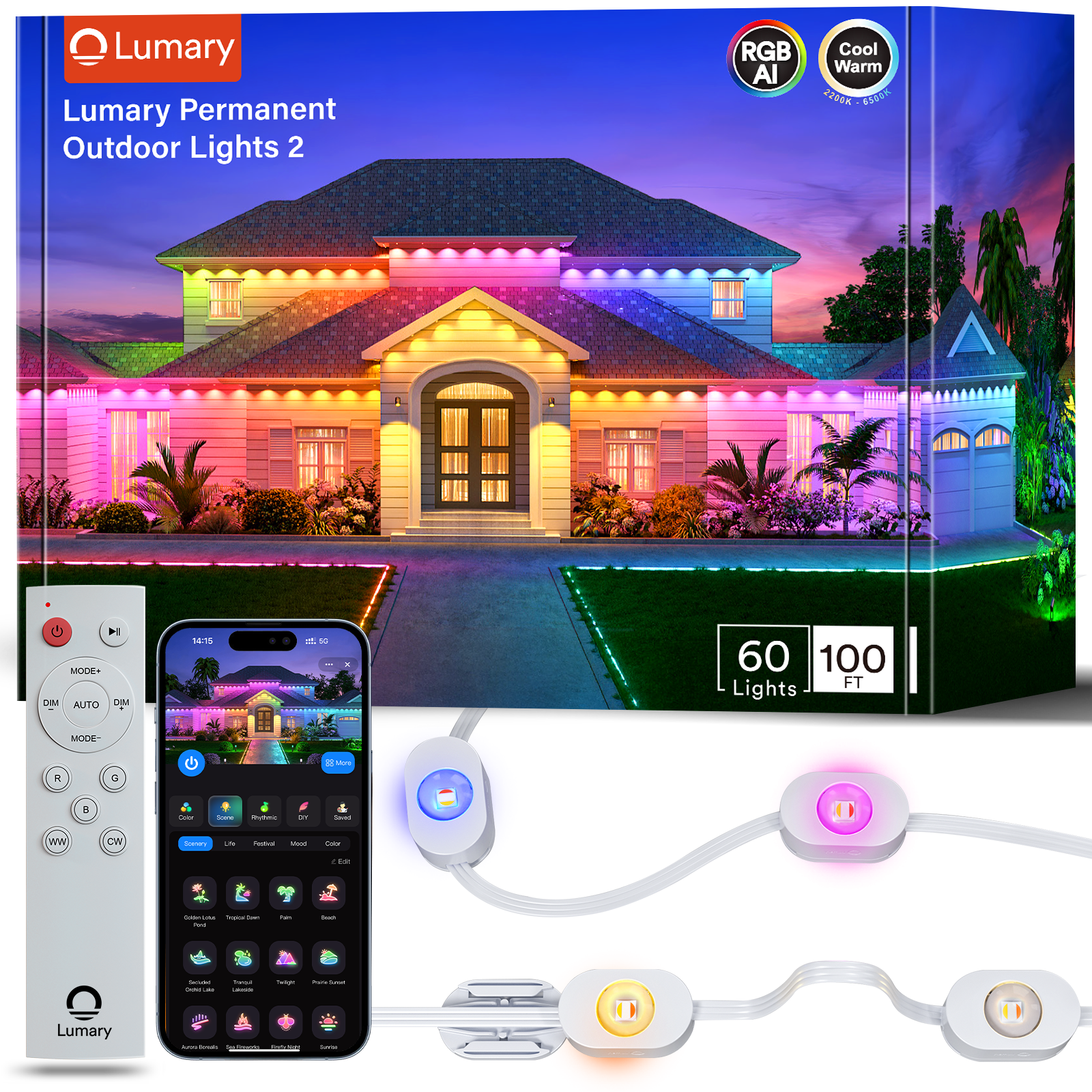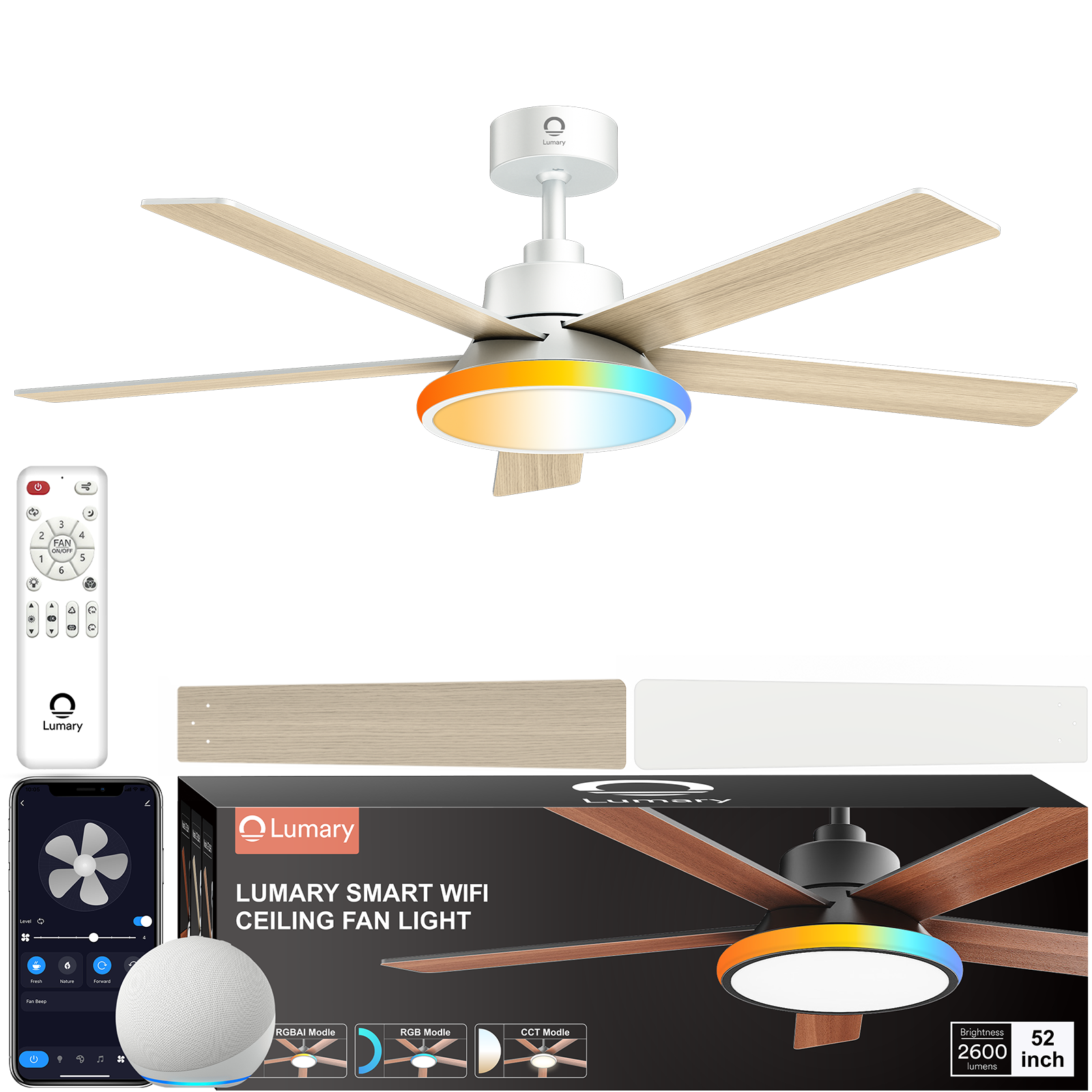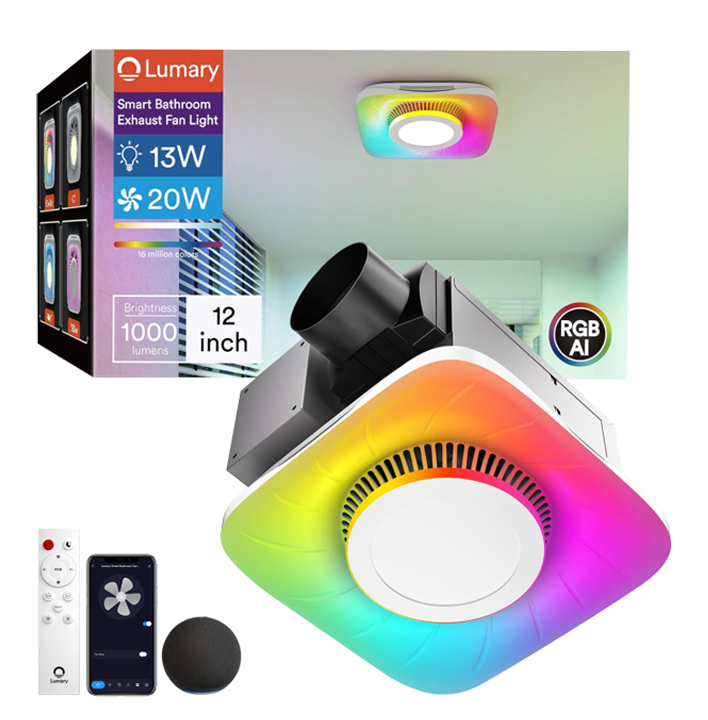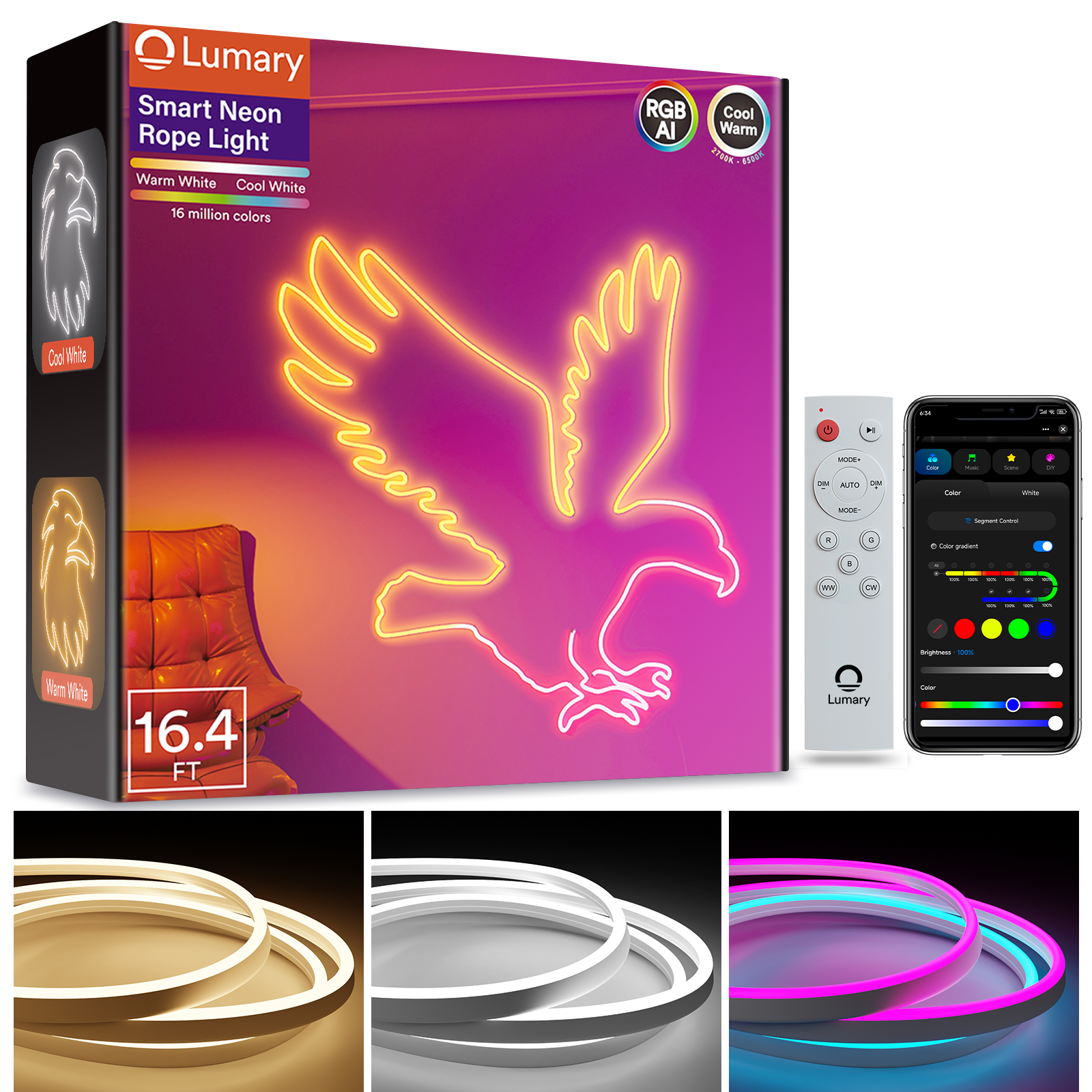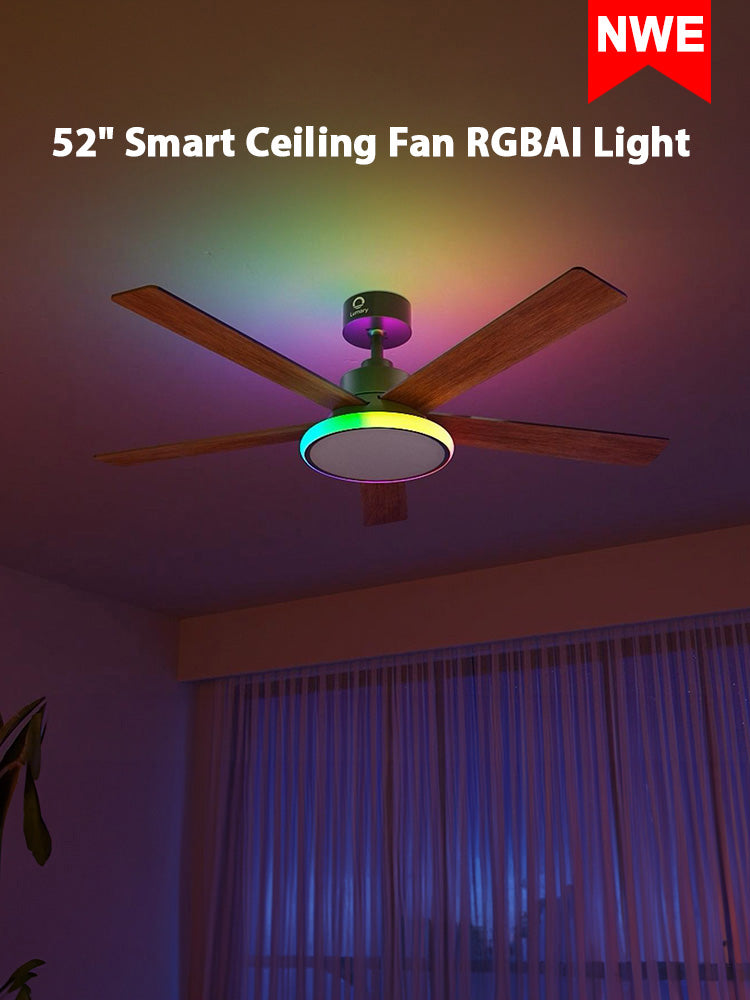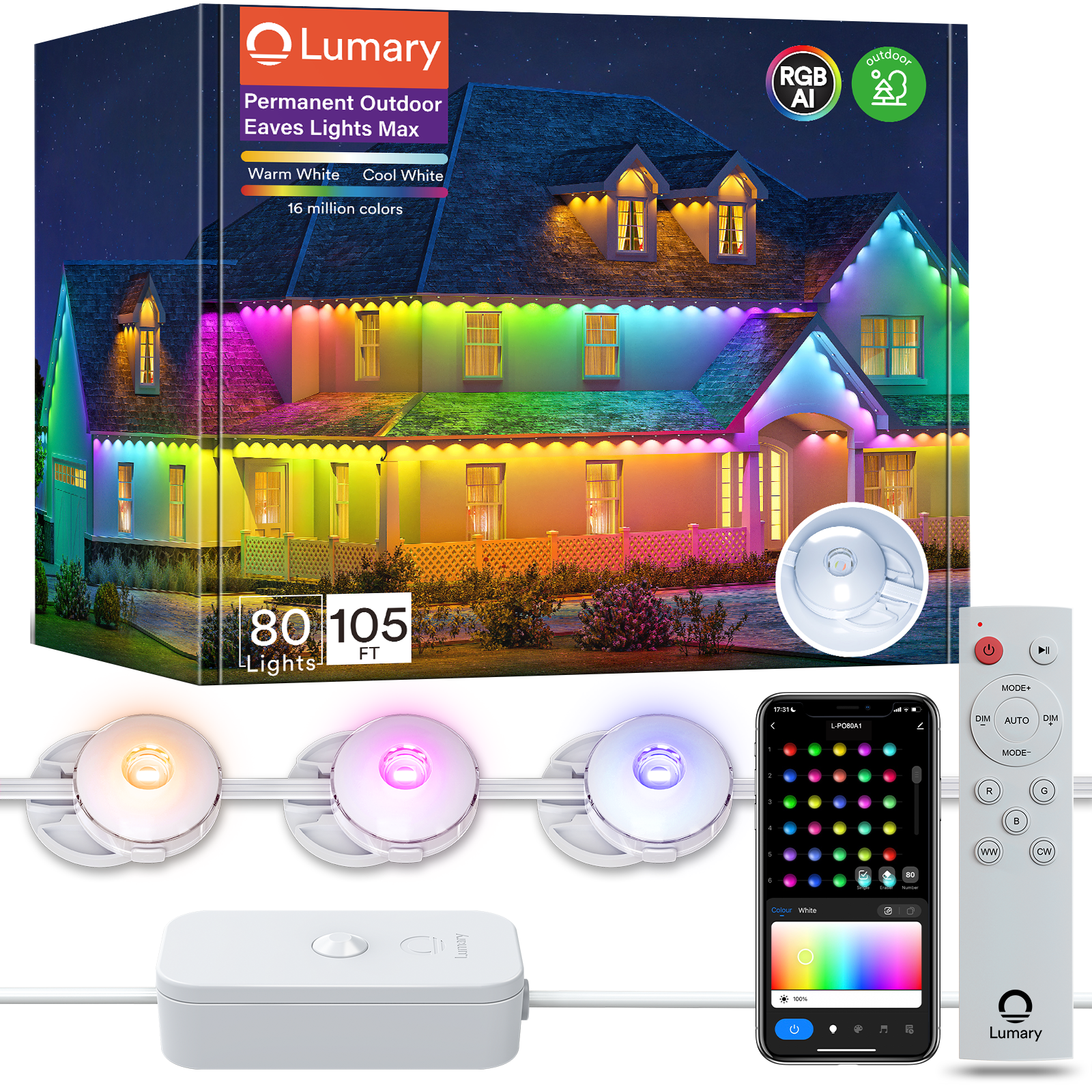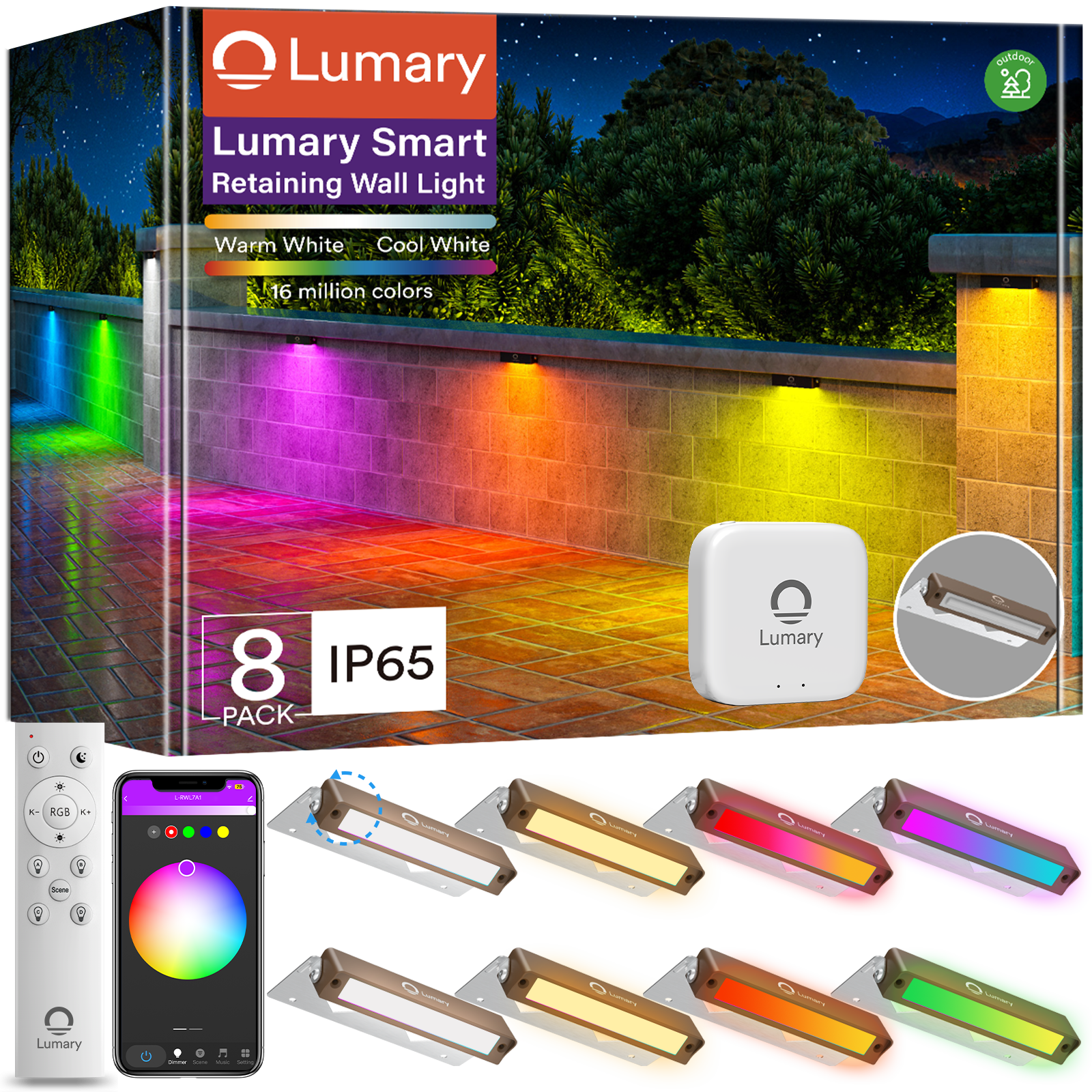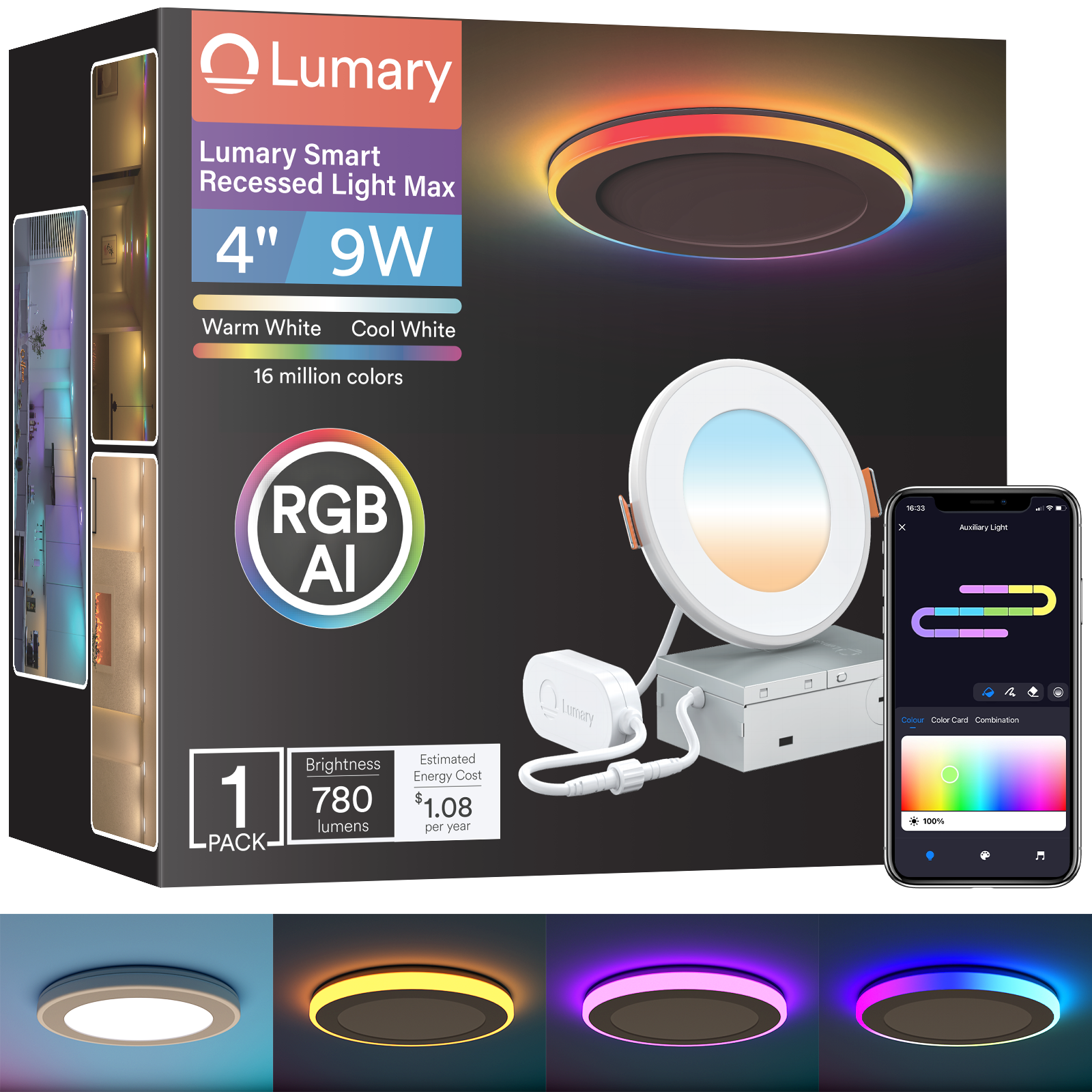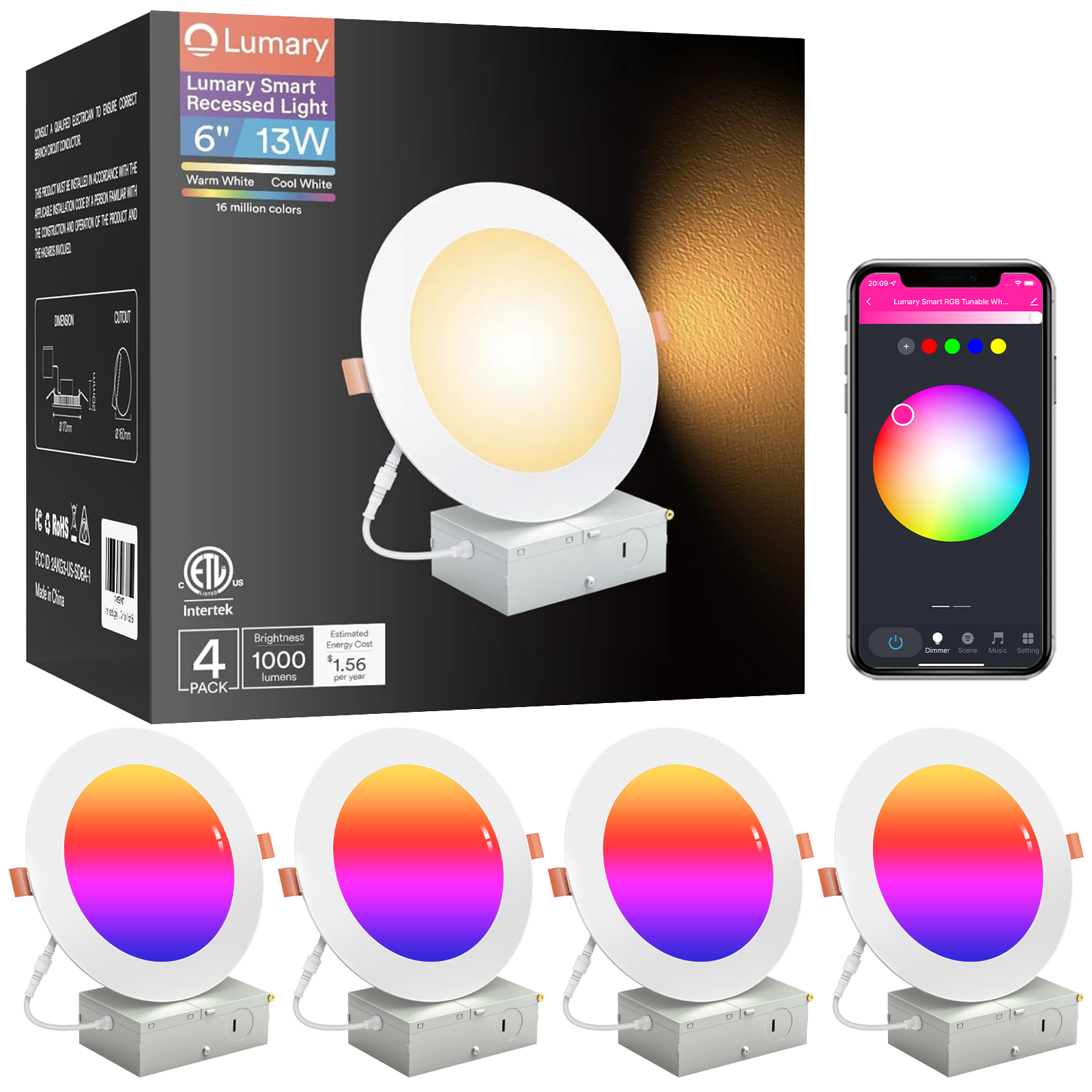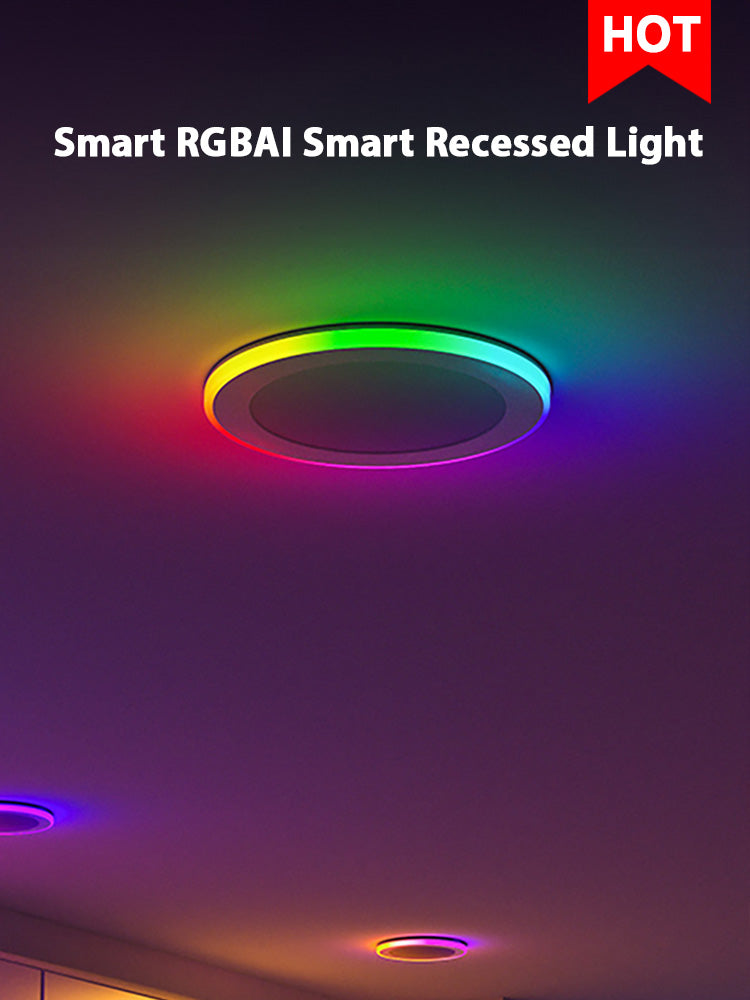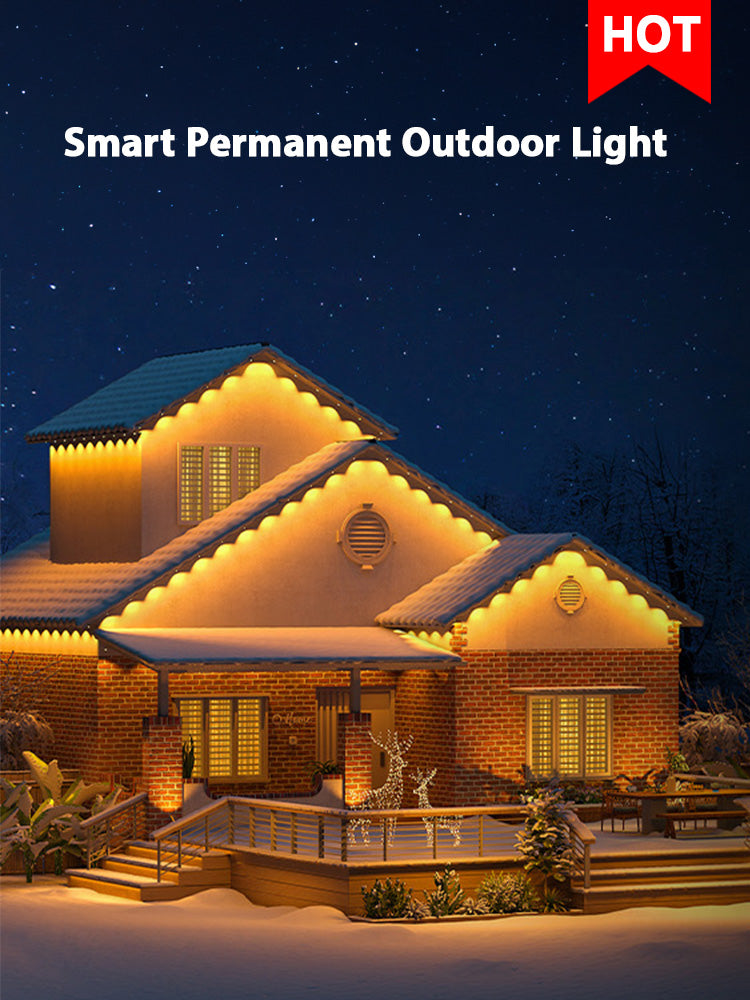Smart lights have revolutionized home lighting. Imagine controlling your lights with a simple voice command or a tap on your phone. Upgrading to smart lighting offers many benefits. Energy efficiency stands out, with LED fixtures using 75% less energy and lasting 25 times longer than traditional bulbs. Convenience is another perk. You can schedule lights to turn on or off, saving electricity and reducing your environmental footprint. Plus, smart lights let you customize the ambiance to suit any mood or occasion.
Understanding Smart Lighting

What Are Smart Lights?
Smart lights represent a leap in home lighting technology. These lights connect to your home network and allow remote control via an app on your smartphone or tablet. You can also use smart speakers like Alexa or Google Home. Smart lights offer features such as dimming, color changes, and scheduling.
Definition and basic features
Smart lights are internet-connected bulbs that you can control remotely. You can adjust brightness, change colors, and set timers. Some smart lights even track energy usage. You can connect them through Wi-Fi, Bluetooth, or other smart home protocols like ZigBee and Z-Wave.
Types of smart lights (bulbs, strips, panels)
Smart lighting comes in various forms. The most common type is the smart bulb, which fits into standard light fixtures. Smart strips offer flexible lighting options for under cabinets or behind TVs. Smart panels provide large, customizable light surfaces for walls or ceilings. Each type serves different needs and enhances your home's ambiance.
Benefits of Smart Lighting
Smart lighting offers numerous advantages. These benefits range from energy savings to enhanced convenience and customization.
Energy efficiency
Smart lights use LED technology, which consumes less power than traditional bulbs. You can schedule lights to turn off when not needed, further saving energy. This efficiency reduces your electricity bill and environmental footprint.
Convenience and control
Controlling your lights has never been easier. Use your phone or voice commands to adjust lighting without getting up. Set schedules so lights turn on when you wake up or return home. Smart lighting adds a layer of convenience to your daily routine.
Customization and ambiance
Smart lights let you create the perfect atmosphere for any occasion. Choose from millions of colors to match your mood. Dim the lights for a cozy evening or brighten them for a lively gathering. Customize scenes for different activities, like reading or watching movies. Smart lighting transforms your home environment with ease.
Preparatory Steps
Assessing Your Current Lighting Setup
Inventory of existing lights
Start by taking a good look at the lights you already have. Walk through each room and jot down the types of bulbs, fixtures, and switches. Note the wattage and any special features like dimming capabilities. This inventory helps you understand what needs upgrading and what can stay.
Identifying areas for improvement
Next, identify spots that could benefit from smart lighting. Think about areas where you often forget to turn off the lights. Consider rooms where you want more control over brightness or color. Highlight places where automation could add convenience, like hallways or outdoor spaces. This step ensures you get the most out of your new setup.
Choosing the Right Smart Lights
Compatibility with existing systems
Check if the smart lights you want are compatible with your current home setup. Some smart lights work with specific hubs or smart home platforms. For example, Philips Hue lights need a Hue Bridge, while others like LIFX connect directly to Wi-Fi. Make sure your chosen lights will integrate smoothly with your existing devices.
Budget considerations
Smart lighting comes in a range of prices. Set a budget before you start shopping. Basic smart bulbs like Wyze Bulb offer great features at a lower cost. High-end options like Philips Hue provide more advanced functionalities but come at a higher price. Balance your needs and budget to find the best fit.
Brand and feature comparison
Compare different brands and their features. Philips Hue offers excellent color options and compatibility with many smart home systems. LIFX provides bright, vibrant colors without needing a hub. Yeelight LED Bulb 1S is another solid choice with good brightness and color variety. Look at features like voice assistant compatibility, scheduling, and energy efficiency.
Setting Up Smart Lights
Installing Smart Bulbs
Step-by-step installation guide
Ready to dive into the world of smart lighting? Start by installing smart bulbs. Follow these steps:
- Turn off the power: Safety first! Flip the switch or circuit breaker to cut power to the light fixture.
- Remove the old bulb: Unscrew the existing bulb from the fixture.
- Install the smart bulb: Screw the new smart bulb into the socket.
- Restore power: Turn the switch or circuit breaker back on.
- Download the app: Install the corresponding app for your smart lighting system on your smartphone.
- Create an account: Open the app and create an account or log in if you already have one.
- Add the bulb: Follow the prompts in the app to add the new smart bulb to your network.
Common issues and solutions
Sometimes, things don't go as planned. Here are some common issues and solutions:
- Bulb not connecting: Ensure the bulb is within range of your Wi-Fi. Reset the bulb by turning it off and on multiple times.
- App not recognizing the bulb: Check if the app and firmware are up to date. Restart your phone and try again.
- Bulb flickering: Verify that the smart bulb is compatible with your dimmer switch. Replace the dimmer if necessary.
Connecting to a Smart Hub
Importance of a smart hub
A smart hub acts as the brain of your smart lighting system. It connects all your smart lights and allows seamless control. Without a hub, managing multiple smart lights can become cumbersome.
How to connect and configure
Connecting a smart hub is straightforward:
- Plug in the hub: Connect the hub to a power source and your router using an Ethernet cable.
- Install the app: Download the app associated with your smart hub.
- Create an account: Open the app and set up an account.
- Add devices: Follow the app's instructions to add your smart lights to the hub.
- Configure settings: Customize your lighting preferences, such as schedules and scenes.
Using Smart Light Apps
Overview of popular apps
Several apps make managing smart lighting a breeze. Popular options include:
- Philips Hue: Known for its extensive features and compatibility.
- LIFX: Offers vibrant colors and doesn't require a hub.
- Wyze: Budget-friendly with essential functionalities.
Basic app functionalities
Smart light apps offer basic functionalities like:
- On/Off control: Turn lights on or off with a tap.
- Brightness adjustment: Slide to adjust the brightness level.
- Color changes: Select from millions of colors to match your mood.
Advanced app features
Explore advanced features to get the most out of your smart lighting:
- Scheduling: Set timers for lights to turn on or off at specific times.
- Scenes: Create custom lighting scenes for different activities.
- Voice control: Integrate with voice assistants like Alexa or Google Assistant for hands-free control.
Advanced Features and Customization

Setting Up Automation
Creating schedules
Smart lighting can make your life easier by automating your lights. Start by creating schedules. Open your smart light app and find the scheduling feature. Set times for your lights to turn on and off. For example, schedule your bedroom lights to turn on at 7 AM. Schedule your living room lights to turn off at midnight. This automation saves energy and adds convenience.
Using motion sensors
Motion sensors add another layer of automation. Place motion sensors in high-traffic areas like hallways or bathrooms. Connect these sensors to your smart lighting system. When someone walks by, the lights will turn on automatically. This feature is perfect for nighttime trips to the bathroom. Motion sensors also enhance security by lighting up dark areas when movement is detected.
Integrating with Other Smart Devices
Smart home ecosystems
Integrate your smart lighting with other smart devices for a seamless experience. Many smart lighting systems work well with platforms like Amazon Alexa, Google Home, and Apple HomeKit. Open your smart home app and add your smart lights to the ecosystem. Control your lights along with other devices like smart thermostats and security cameras. This integration makes managing your home easier.
Voice control with assistants (Alexa, Google Assistant)
Voice control takes smart lighting to the next level. Use voice assistants like Alexa or Google Assistant to control your lights. Say commands like "Alexa, turn on the kitchen lights" or "Hey Google, dim the living room lights." Enable the smart lighting skill in your voice assistant app. Link your smart lights to the assistant. Now you can control your lights without lifting a finger.
Troubleshooting Common Issues
Connectivity problems
Connectivity issues can be frustrating. If your smart lights lose connection, start by checking your Wi-Fi. Make sure your router is working properly. Move your smart lights closer to the router if possible. Reset your smart lights by turning them off and on multiple times. Reconnect them through the app. These steps usually solve most connectivity problems.
Performance issues
Performance issues like flickering or delayed responses can occur. Check if your smart lights are compatible with your dimmer switches. Incompatible dimmers cause flickering. Replace the dimmer switch if needed. Update your smart light app and firmware regularly. Outdated software can cause performance problems. Restart your smart lights and app to refresh the connection.
Smart lighting offers numerous benefits. You can save energy, enhance convenience, and improve home security. Imagine arriving home after a long day. The lights automatically turn on, creating a warm and welcoming atmosphere. Smart lights make your life easier and more enjoyable.
Start the upgrade process today. Installing smart lights is straightforward. Follow the steps outlined in this guide. Explore further customization options. Integrate your lights with other smart home devices.
For final tips, consider setting schedules for your lights. Use motion sensors for added automation. Embrace these advancements to create a more efficient and enjoyable living space.

